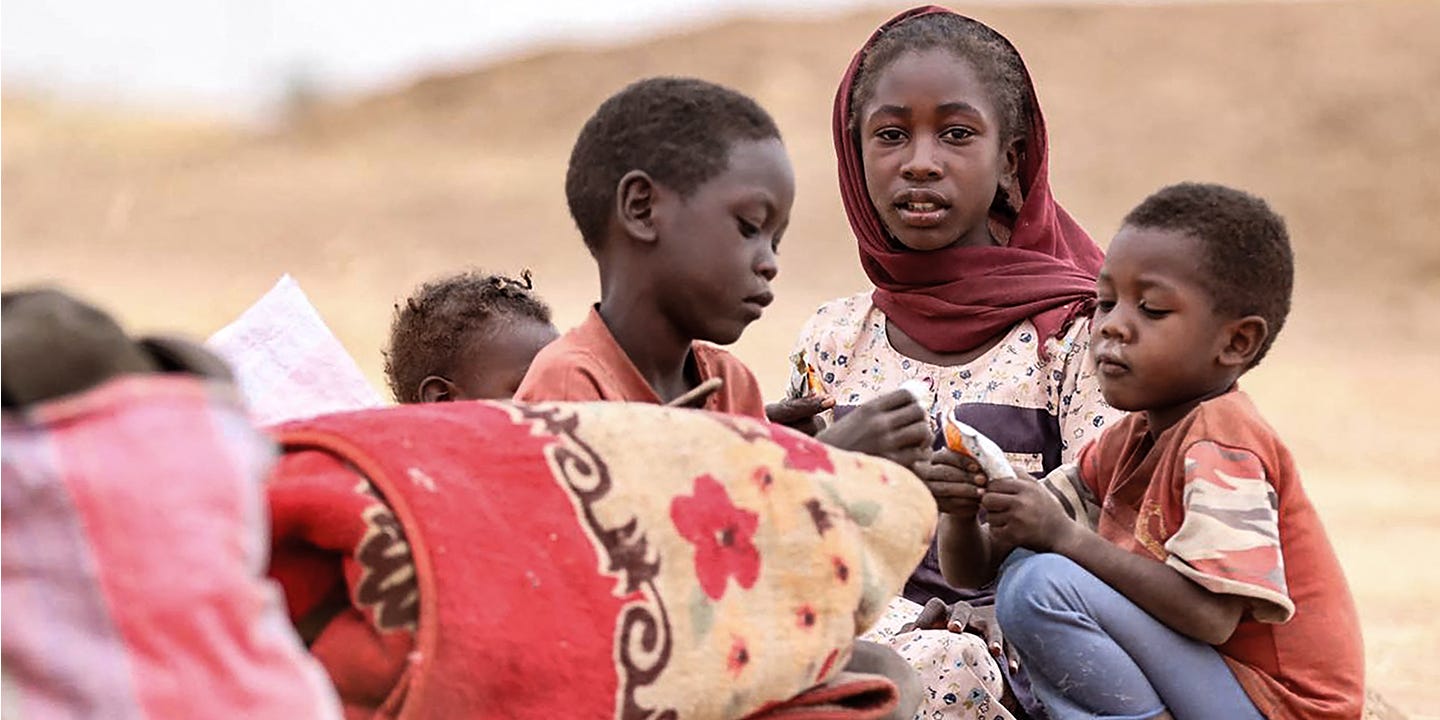The Genocide Unfolding in Darfur That the World Refuses to See
While so many of us are focused on other atrocities, Sudan is collapsing, and the people there aren't being saved.

In Darfur, western Sudan, an unmistakable genocide is taking place. Entire communities are being wiped out because of who they are. The Massalit and Zaghawa peoples are being hunted, their homes torched, their towns emptied. Their killers are not hiding. The perpetrators, fighters from the Rapi…
Keep reading with a 7-day free trial
Subscribe to The Crustian Daily to keep reading this post and get 7 days of free access to the full post archives.


